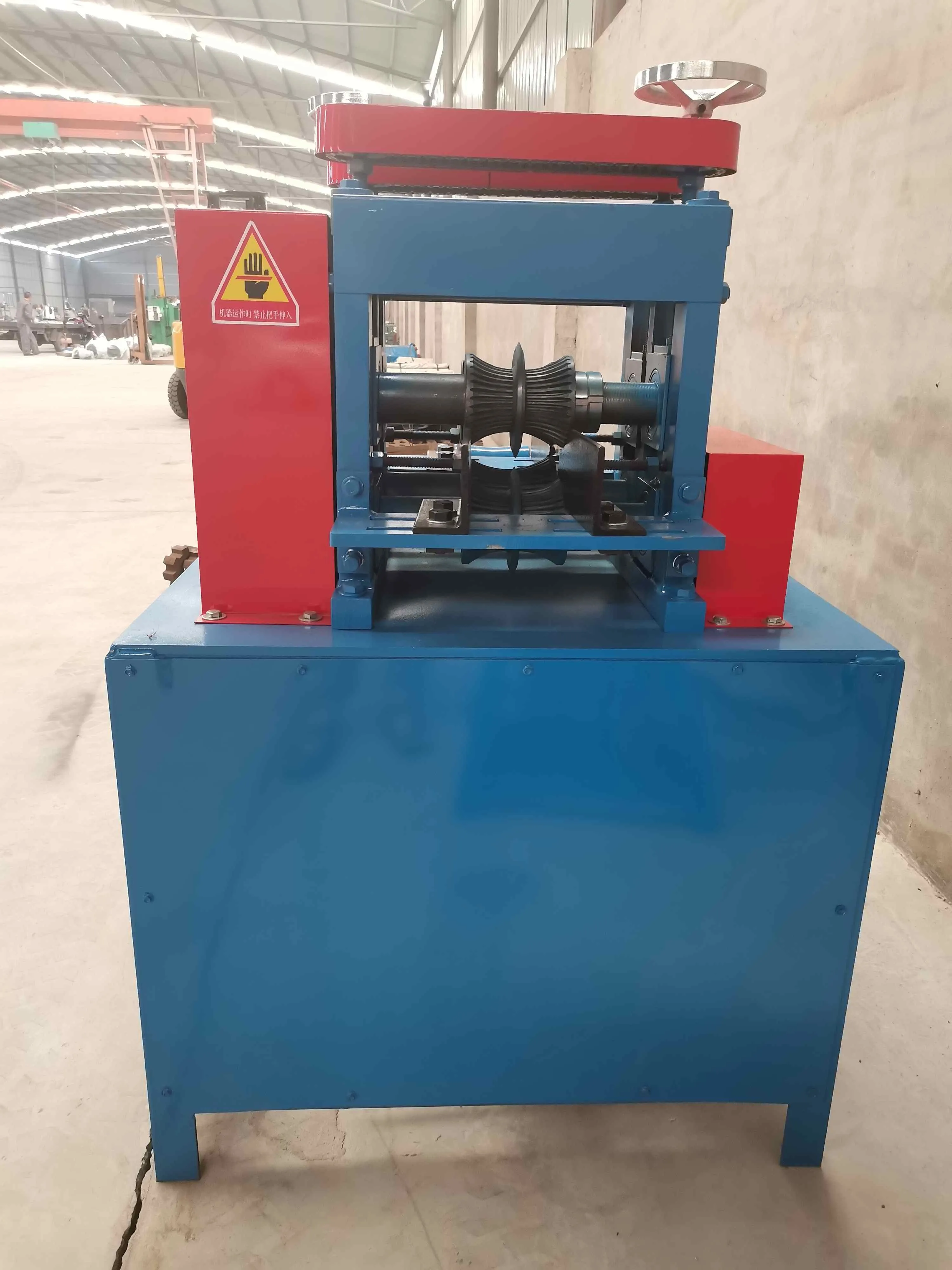Ferrous shredders have become an instrumental tool in the recycling and waste management industries, playing a pivotal role in the transformation and repurposing of ferrous metals. These powerful machines, designed to handle scrap metal with high iron content, are essential for processing materials that can be either recycled for secondary use or disposed of in an environmentally sustainable manner.

The experience of operating a ferrous shredder is one marked by robust interaction with sophisticated machinery. Users must be well-versed in the operational protocols that ensure both safety and efficiency. The shredding process involves feeding ferrous scrap into the machine, where it is torn and reduced in size by rotating hammers or cutters. Mastery in managing feed rates, understanding machine response, and troubleshooting basic operational issues is crucial for maximizing output and extending machine life.
From an expertise standpoint, familiarity with different types of ferrous shredders, such as hammermills, granulators, and rotors, is fundamental. Each type serves unique purposes and boasts particular strengths. For instance, hammermills are renowned for their durability and capacity to handle hard, dense metal, making them ideal for heavy-duty shredding tasks. In contrast, granulators offer precision in producing uniform particle sizes, beneficial for specific recycling applications. Selecting the right shredder involves evaluating material characteristics, desired output, and processing economics.

Authority in the field of ferrous shredding is grounded in understanding the machine's mechanics and their environmental implications. Industry specialists recognize that despite the machines' potential to generate noise and dust, modern ferrous shredders are equipped with mitigation technologies to reduce environmental footprints. Advanced shredder systems often include noise abatement components and dust suppression mechanisms, aligning with regulatory standards and public health considerations.
Trustworthiness in this sector is also connected to the brands and manufacturers producing ferrous shredders. Reputable companies provide transparency regarding the performance specifications and energy efficiency of their machines. For example, leading manufacturers offer machines with adjustable settings that optimize energy use relative to load size, effectively minimizing operational costs while ensuring powersavings.
ferrous shredder
Additionally, consistent machine maintenance is integral to trustworthy performance. Regular inspection routines, including checking wear parts, calibrating shredding components, and ensuring lubrication, prevent operational downtime and costly repairs. Manufacturers often offer maintenance contracts and provide thorough training resources to ensure safe and effective use.
When considering the purchase or upgrade of a ferrous shredder, other pivotal factors include technological advancements like automation and smart diagnostics. Shredders integrated with IoT capabilities can monitor operational metrics in real time, alerting operators of anomalies and enabling predictive maintenance. This not only enhances a shredder's lifecycle but also fosters confidence in its reliability and efficiency.
Environmentally, the recycling of ferrous materials via shredding contributes significantly to the conservation of natural resources and reduction of greenhouse gases. By reclaiming materials that would otherwise contribute to landfill volumes, shredders aid in lessening the environmental impact of metal consumption and processing.
In conclusion, ferrous shredders stand as critical assets in metal waste management, bringing forth expertise, authority, and trustworthiness in their application. The ongoing evolution of technology in this domain promises further innovations that improve efficiency and sustainability. For companies invested in recycling and resource recovery, the utilization of a ferrous shredder not only enhances operational outcomes but also aligns with broader environmental objectives, solidifying their place as leaders in responsible industry practices.


